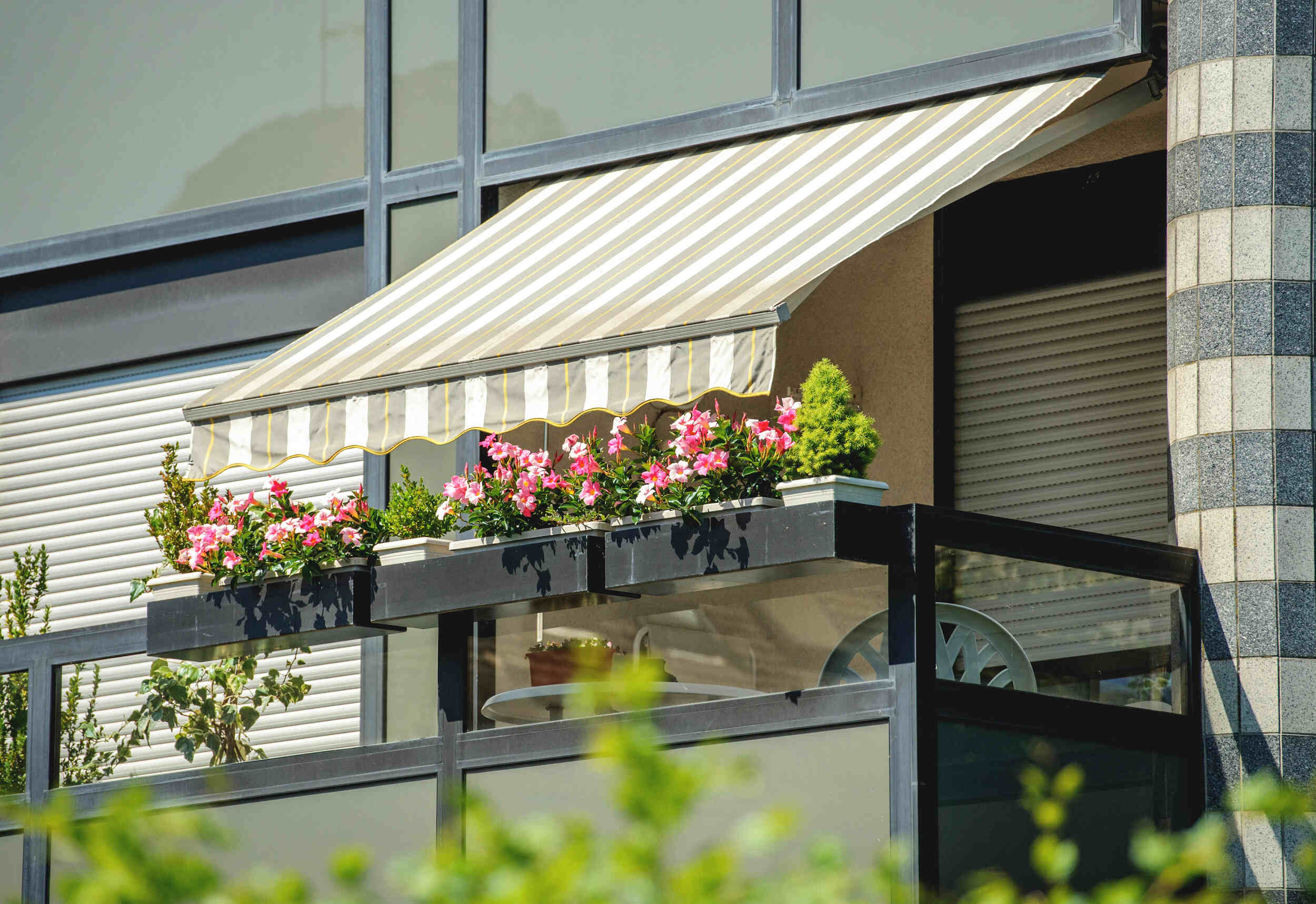

Articles
How To Protect Balcony From Rain
Modified: May 6, 2024
Discover effective ways to protect your balcony from rain with our informative articles. Learn how to shield your outdoor space and keep it dry and functional.
(Many of the links in this article redirect to a specific reviewed product. Your purchase of these products through affiliate links helps to generate commission for Storables.com, at no extra cost. Learn more)
Introduction
Having a balcony can be a wonderful addition to any home. It provides a cozy outdoor space where you can relax, enjoy the view, and spend quality time with friends and family. However, when the rainy season arrives, balconies can be prone to water damage, resulting in an unpleasant and unusable space. Luckily, there are several ways to protect your balcony from rain and ensure that it remains functional and enjoyable all year round.
In this article, we will explore different methods and techniques to safeguard your balcony from rainwater. From selecting waterproof materials for your balcony’s flooring to installing a roof or canopy, we will cover all the essential steps you need to take. We will also discuss weatherproof furniture options, applying waterproof coatings or sealants, and implementing gutter systems or drainage solutions. By following these tips and maintaining regular maintenance, you can ensure that your balcony remains a delightful and inviting space, regardless of the weather.
Key Takeaways:
- Protect your balcony from rain by choosing waterproof flooring, installing a roof or canopy, and using weatherproof furniture. Regular maintenance is key to ensuring a delightful and functional outdoor space all year round.
- Safeguard your balcony from rain damage with waterproof coatings, gutter systems, and drainage solutions. By combining these strategies and maintaining regular care, you can enjoy a durable and inviting outdoor space regardless of the weather.
Read more: How To Protect A Trampoline From Rain
Understanding the Impact of Rain on Balconies
Rainwater can have a significant impact on balconies if proper precautions are not taken. The constant exposure to water can lead to a range of issues such as rotting, mold and mildew growth, and structural damage. Therefore, it is essential to understand the potential risks and challenges that rain poses to your balcony.
One of the main concerns with rainwater is its ability to seep into the balcony flooring. If the flooring material is not waterproof, it can absorb the water, leading to warping, swelling, and deterioration. This can not only compromise the structural stability of the balcony but also create an unsightly and unsafe area to walk on.
In addition, rainwater can also accumulate on the surface of the balcony, resulting in puddles or standing water. This stagnant water can breed mold and mildew, which can not only be harmful to your health but also cause damage to any furniture or plants on the balcony.
Furthermore, rain can cause the metal components of the balcony, such as railings, to rust and corrode. This not only affects the aesthetics of the balcony but can also weaken the structure over time.
By understanding the potential impact of rain on your balcony, you can take the necessary steps to protect it and prevent any long-term damage. From choosing appropriate materials to implementing effective drainage solutions, we will explore various methods to safeguard your balcony from rainwater in the following sections.
Selecting Waterproof Materials for Balcony Flooring
When it comes to protecting your balcony from rain, one of the most crucial factors is choosing the right flooring material. Opting for waterproof materials will prevent water from seeping into the floor and causing damage. Here are some options to consider:
- Ceramic or Porcelain Tiles: These tiles are highly durable and resistant to water, making them an excellent choice for balcony flooring. They are easy to clean and maintain, and their aesthetic appeal adds a touch of elegance to your outdoor space.
- Composite Decking: This type of flooring is made from a combination of wood fibers and plastic, creating a water-resistant and low-maintenance surface. Composite decking is resistant to rot, mold, and cracks, making it an ideal option for balconies exposed to rain.
- Vinyl Flooring: Vinyl is another waterproof flooring material that is gaining popularity for balconies. It is affordable, easy to install, and comes in a variety of colors and patterns. Vinyl flooring is also comfortable to walk on and provides good slip resistance.
- Rubber Flooring: Rubber flooring is a durable and waterproof option suitable for balconies. It offers excellent traction and is resistant to mold, mildew, and UV rays. Rubber tiles or interlocking mats are easy to install and provide a cushioned surface for added comfort.
Regardless of the material you choose, ensure that it has a non-slip surface to prevent accidents, especially when the balcony becomes wet. It is also essential to consider the style, maintenance requirements, and budget before making a final decision.
When installing the flooring material, it is crucial to follow proper installation techniques and guidelines. Hiring a professional can ensure that the job is done correctly and that the balcony is properly protected from rainwater.
By selecting waterproof materials for your balcony flooring, you can significantly reduce the risk of water damage and ensure the longevity of your outdoor space.
Installing a Balcony Roof or Canopy
If you want to protect your balcony from rain, installing a roof or canopy can be a practical and aesthetically pleasing solution. A balcony roof or canopy provides a sheltered area that allows you to enjoy your outdoor space even when it’s raining.
Here are a few options to consider when installing a roof or canopy:
- Pergola: A pergola is a freestanding structure that provides partial shade and can be customized to suit your balcony’s size and style. Adding a rainproof cover to the pergola can transform it into a functional and rain-resistant shelter.
- Retractable Awning: A retractable awning is a flexible option that allows you to extend or retract the covering as needed. This type of canopy provides protection from both the rain and the sun, giving you control over the amount of shade you desire.
- Glass Roof: Installing a glass roof on your balcony can create an elegant and modern look while providing protection from rain. The transparent material allows natural light to enter the space while keeping it dry and sheltered.
- Tensioned Membrane Structure: Tensioned membrane structures are lightweight and durable, making them an excellent choice for covering large balconies. These structures use a flexible fabric that can withstand rain and provide shade, creating a comfortable outdoor area.
Before installing a roof or canopy, it is essential to check with your local building authorities and adhere to any regulations or permits required. It is also recommended to hire a professional contractor who specializes in this type of installation to ensure structural integrity and proper waterproofing.
By installing a balcony roof or canopy, you can create a protected space that allows you to enjoy your balcony even during rainy weather. Not only will it provide shelter, but it will also enhance the overall look and functionality of your outdoor area.
Using Weatherproof Furniture and Accessories for Balconies
When it comes to protecting your balcony from rain, choosing the right furniture and accessories is just as important as selecting waterproof flooring and installing a roof or canopy. Using weatherproof items ensures that your balcony setup can withstand the elements and remain in good condition. Here are some tips for selecting weatherproof furniture and accessories:
- Outdoor Furniture: Opt for furniture made from weather-resistant materials such as aluminum, stainless steel, or synthetic wicker. These materials are durable, easy to clean, and can withstand exposure to rain without warping or deteriorating.
- Weatherproof Fabrics: When choosing cushions or upholstery for your balcony furniture, select fabrics that are specifically designed to be weatherproof. Look for materials that are water-resistant, fade-resistant, and mold-resistant. These fabrics will help prevent damage from rain and ensure that your furniture remains comfortable and attractive.
- Storage Solutions: Consider utilizing weatherproof storage boxes or benches to keep your outdoor accessories and cushions protected when not in use. These storage solutions will help prevent water damage and prolong the lifespan of your items.
- Outdoor Rugs: Adding an outdoor rug to your balcony not only enhances the aesthetics but also provides protection to the flooring underneath. Look for rugs made of synthetic or natural fibers that are designed to withstand rain and UV exposure.
- Decorative Accents: Choose accessories and decorative accents that are specifically designed for outdoor use. Look for items made from materials such as stainless steel, stone, or resin, which are resistant to water damage and discoloration.
Remember to regularly clean and maintain your weatherproof furniture and accessories to ensure their longevity. Wipe down furniture after rain showers and store cushions and smaller items when not in use, especially during the winter months. Following these care instructions will help preserve the look and functionality of your balcony setup.
By investing in weatherproof furniture and accessories, you can create a comfortable and inviting outdoor space that can withstand rain and other outdoor elements. Not only will this help protect your balcony, but it will also enhance your overall outdoor experience.
Consider installing a clear or tinted polycarbonate roof or awning to protect your balcony from rain while still allowing natural light to enter. This will also provide some shelter from the sun.
Read more: How To Protect Outdoor Lights From Rain
Applying Waterproof Coatings or Sealants to Balcony Surfaces
Another effective method to protect your balcony from rain is to apply waterproof coatings or sealants to the surfaces. This extra layer of protection helps to prevent water from seeping into the balcony floor and causing damage. Here’s how you can go about applying waterproof coatings or sealants:
- Clean the Surface: Before applying any waterproof coating or sealant, make sure the balcony surface is clean and free from dirt, dust, and debris. Use a broom or a brush to sweep away any loose particles, and wash the area with a mild detergent if necessary. Allow the surface to dry completely.
- Choose the Coating or Sealant: There are various types of waterproof coatings and sealants available on the market, such as epoxy-based coatings, polyurethane-based sealants, or acrylic sealants. Consider the specific requirements of your balcony, the type of material it is made of, and the local climate to determine the most suitable product.
- Apply the Coating or Sealant: Follow the manufacturer’s instructions carefully to apply the chosen waterproof coating or sealant. Use a brush or a roller to evenly distribute the product across the balcony surface. Pay special attention to seams, joints, and any areas prone to water penetration. Apply multiple coats if necessary, allowing sufficient drying time between each coat.
- Allow for Curing: After applying the waterproof coating or sealant, ensure that the balcony surface is allowed to cure properly. This may involve avoiding foot traffic or heavy objects on the surface for a specified period as recommended by the manufacturer. Curing time will vary depending on the product used.
- Maintain and Reapply: Regularly inspect the balcony surface for any signs of wear or damage to the waterproof coating or sealant. Touch up any areas that may require reapplication or patching. Additionally, consider reapplying the waterproof coating or sealant every few years or as recommended by the manufacturer to maintain its effectiveness.
Applying waterproof coatings or sealants to balcony surfaces provides an additional layer of protection against rainwater, preventing water damage and increasing the longevity of your balcony. It is important to choose high-quality products and ensure proper application to achieve the best results.
Remember to follow safety precautions, such as wearing protective gear and ensuring proper ventilation, when working with waterproof coatings or sealants. If you are unsure about the application process, it is advisable to seek professional assistance for optimal results.
Installing Gutter Systems or Drainage Solutions for Balconies
Proper drainage is essential to protect your balcony from rainwater and prevent water buildup. Installing gutter systems or drainage solutions will help redirect rainwater away from your balcony, preventing water damage and maintaining a dry and safe outdoor space. Here are some options to consider:
- Gutter Systems: Installing gutter systems along the edges of your balcony can effectively collect rainwater and redirect it to a designated drainage area. Choose gutters made from durable materials such as aluminum or PVC and ensure they are properly pitched for optimal water flow.
- Downspouts: Connect downspouts to the gutters to transport rainwater from the balcony to the ground or a drainage system. Properly position the downspouts away from the balcony structure and foundation to ensure water doesn’t seep back towards the balcony.
- French Drains: A French drain is a trench filled with gravel or perforated pipes that help collect excess water and redirect it away from the balcony. Install French drains along the perimeter of the balcony or in strategic areas where water tends to accumulate.
- Channel Drains: Channel drains, also known as trench drains, are linear drains installed in the ground along the edge of the balcony. These drains capture and channel rainwater away, preventing it from pooling on the balcony surface.
- Planter Drainage: If you have planters on your balcony, ensure they have proper drainage holes to allow excess water to escape. Use saucers or trays underneath the planters to collect the drained water and periodically empty them to prevent water accumulation.
When installing gutter systems or drainage solutions, it is important to consider the slope and gradient of your balcony to ensure proper water flow. If you are unsure about the installation process, it is recommended to consult with a professional to ensure an effective and efficient drainage system.
Regular maintenance is also crucial to keep your gutter systems and drainage solutions working effectively. Clean the gutters and remove any debris or blockages regularly to ensure proper water flow. Inspect the drainage solutions for any damage or clogs and address them promptly to prevent water buildup.
By installing gutter systems or drainage solutions, you can effectively manage rainwater runoff and protect your balcony from moisture-related issues. This will help maintain the integrity of the balcony structure and create a comfortable outdoor area even during heavy rainfall.
Regular Maintenance Tips to Protect Balconies from Rain
Regular maintenance is essential to ensure the long-term protection and functionality of your balcony, especially during the rainy season. By following these maintenance tips, you can prevent potential water damage and keep your balcony in top condition:
- Inspect for Cracks or Damage: Regularly check your balcony for any cracks or signs of damage, including in the flooring, walls, and railings. Address any issues promptly to prevent water from seeping into the balcony structure.
- Clear Debris: Remove leaves, twigs, and other debris from your balcony regularly. Sweep or use a leaf blower to clear the surface and ensure that the drains and gutters are free from blockages.
- Keep Plants Maintained: If you have potted plants on your balcony, monitor them for overgrowth and maintain proper drainage. Trim any branches or foliage that may obstruct proper water flow or cause damage to the balcony structure.
- Check Caulking and Sealants: Inspect the caulking and sealants around windows, doors, and any joints or seams on your balcony. Replace any worn-out or cracked caulking to maintain a watertight seal and prevent water infiltration.
- Monitor Gutter Systems: Regularly check the gutters and downspouts for any clogs or blockages. Clean them out and ensure that the water can flow freely away from the balcony. Consider installing gutter guards to prevent debris buildup.
- Inspect Roof or Canopy: If you have a roof or canopy installed on your balcony, inspect it for any signs of damage or leaks. Repair any issues promptly to prevent water from seeping through and causing water damage to the balcony below.
- Address Standing Water: After rain showers, remove any standing water from your balcony to prevent mold, mildew, and damage to furniture or plants. Use a mop, squeegee, or towels to dry the surface thoroughly.
- Maintain Waterproof Coatings: If you have applied waterproof coatings or sealants to your balcony, periodically check their condition and reapply as needed. Follow the manufacturer’s instructions for maintenance and reapplication.
- Attend to Leaks Promptly: If you notice any signs of water leakage or damage, such as water stains or dampness on walls or flooring, address the issue immediately. Identify the source of the leak and repair it to prevent further water damage.
By incorporating these regular maintenance practices into your balcony care routine, you can proactively protect your balcony from rain and maintain its integrity. Regular inspections and timely repairs will help prolong its lifespan and ensure a comfortable and enjoyable outdoor space, no matter the weather.
Conclusion
Protecting your balcony from rain is essential to maintain its functionality, aesthetics, and overall longevity. By implementing the strategies and techniques discussed in this article, you can ensure that your balcony remains a pleasant and usable space, even during the rainy season.
First and foremost, selecting waterproof materials for your balcony’s flooring is crucial. Options such as ceramic or porcelain tiles, composite decking, vinyl flooring, or rubber flooring provide excellent resistance to water damage.
Additionally, installing a balcony roof or canopy offers a sheltered area where you can still enjoy the outdoors during rainy weather. Selecting weatherproof furniture and accessories ensures that they can withstand rain and remain in good condition over time.
Applying waterproof coatings or sealants to balcony surfaces provides an extra layer of protection against water damage, while installing gutter systems or drainage solutions helps redirect rainwater away from your balcony.
Finally, regular maintenance practices like inspecting for cracks or damage, clearing debris, and monitoring the condition of caulking and gutters are essential to prevent water-related issues and preserve your balcony’s integrity.
By combining these strategies and regularly maintaining your balcony, you can ensure that it remains a delightful and functional outdoor space for years to come.
Remember, if you’re unsure about any aspect of protecting your balcony from rain, it’s always best to consult with professionals who specialize in balcony maintenance and waterproofing. They can provide guidance tailored to your specific needs and ensure that your balcony is well-protected from the elements.
With proper care and attention, your balcony will withstand the rain and continue to be a cherished and enjoyable space for relaxation and entertainment.
Now that you've learned how to keep your balcony dry, why not spruce it up with some stylish decor? Our next feature covers the best outdoor curtains, perfect for adding both privacy and a touch of elegance to your outdoor spaces. These curtains not only enhance the aesthetic but also provide additional protection against the elements, making your balcony an even more enjoyable retreat.
Frequently Asked Questions about How To Protect Balcony From Rain
Was this page helpful?
At Storables.com, we guarantee accurate and reliable information. Our content, validated by Expert Board Contributors, is crafted following stringent Editorial Policies. We're committed to providing you with well-researched, expert-backed insights for all your informational needs.
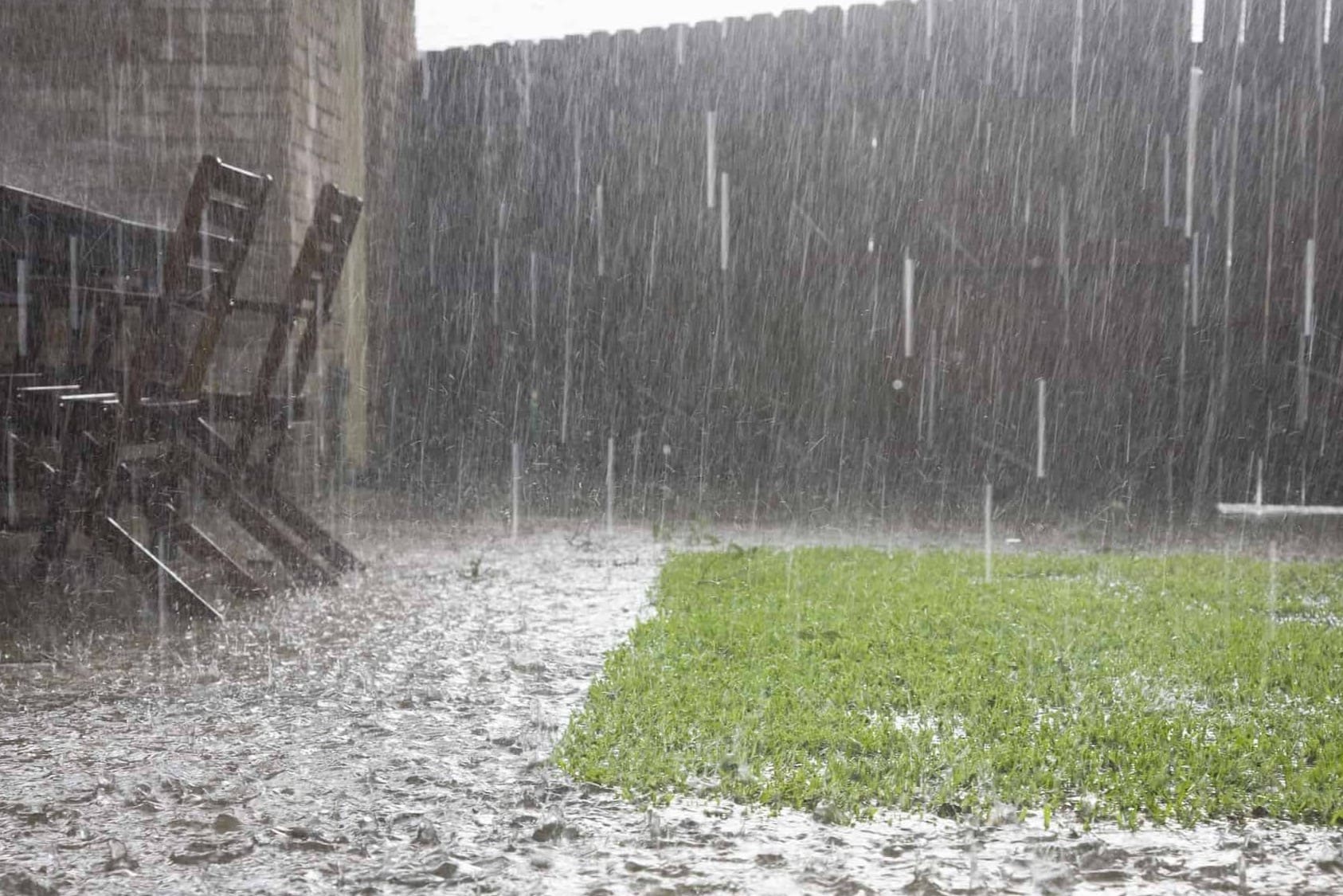
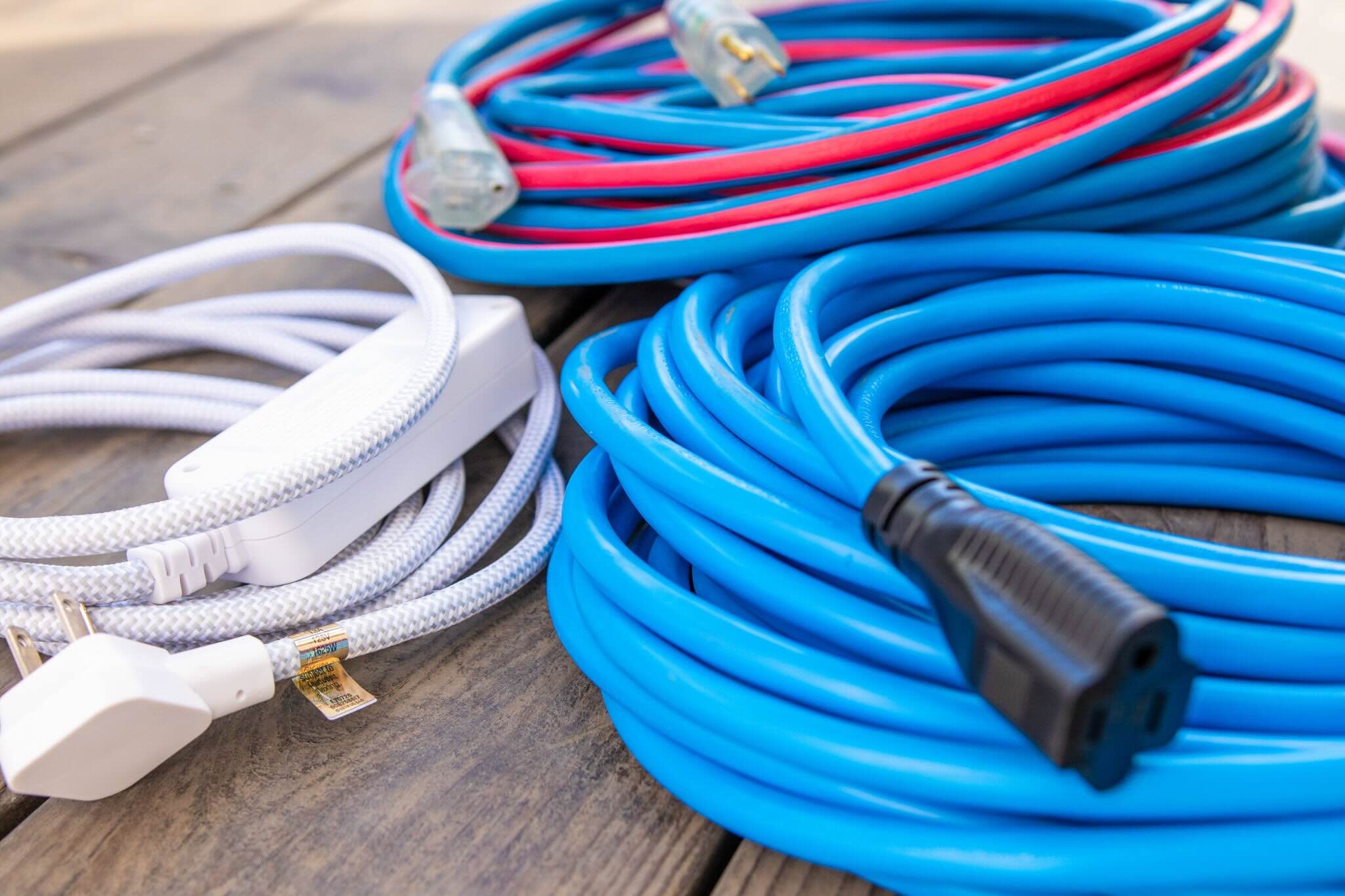
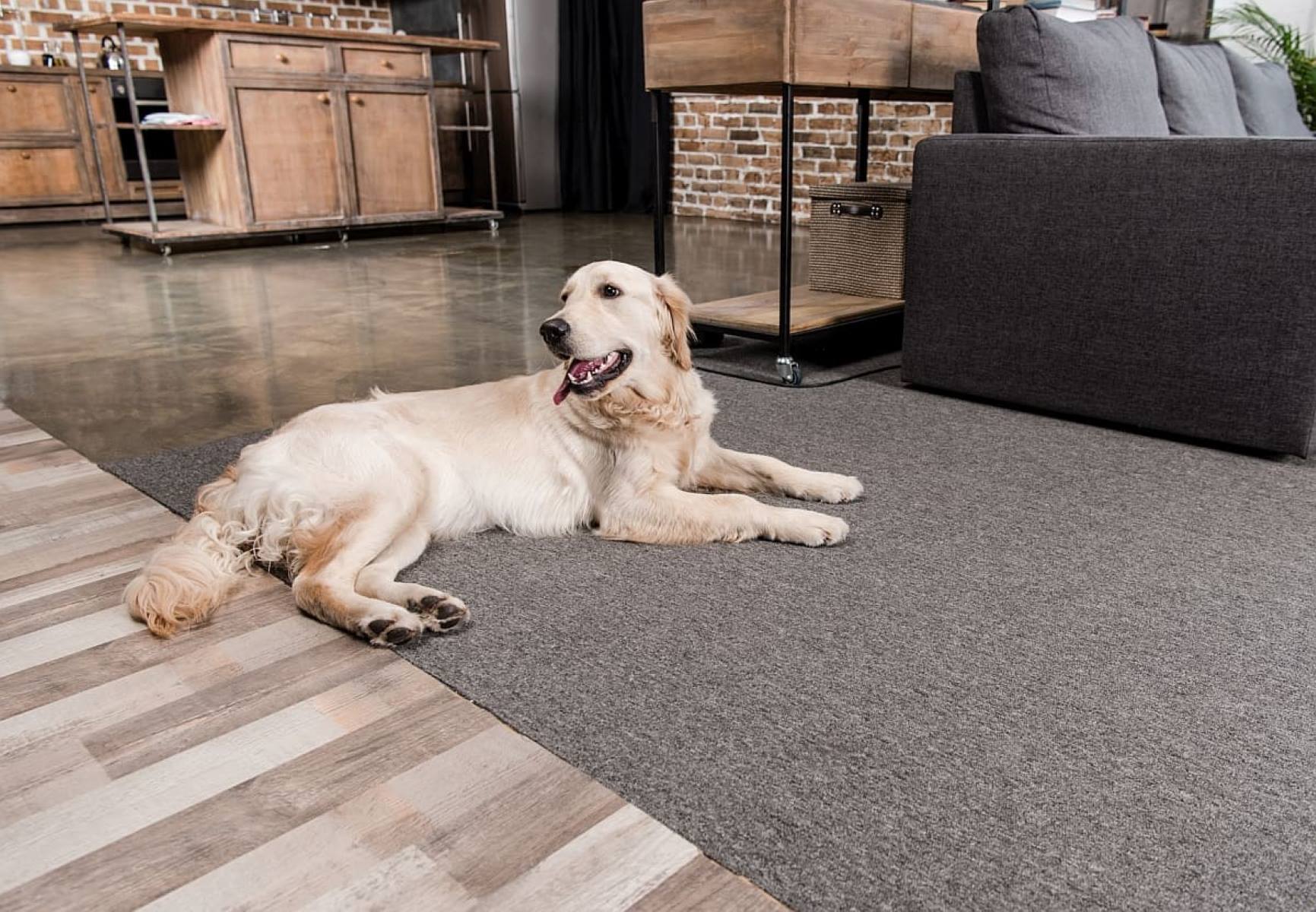
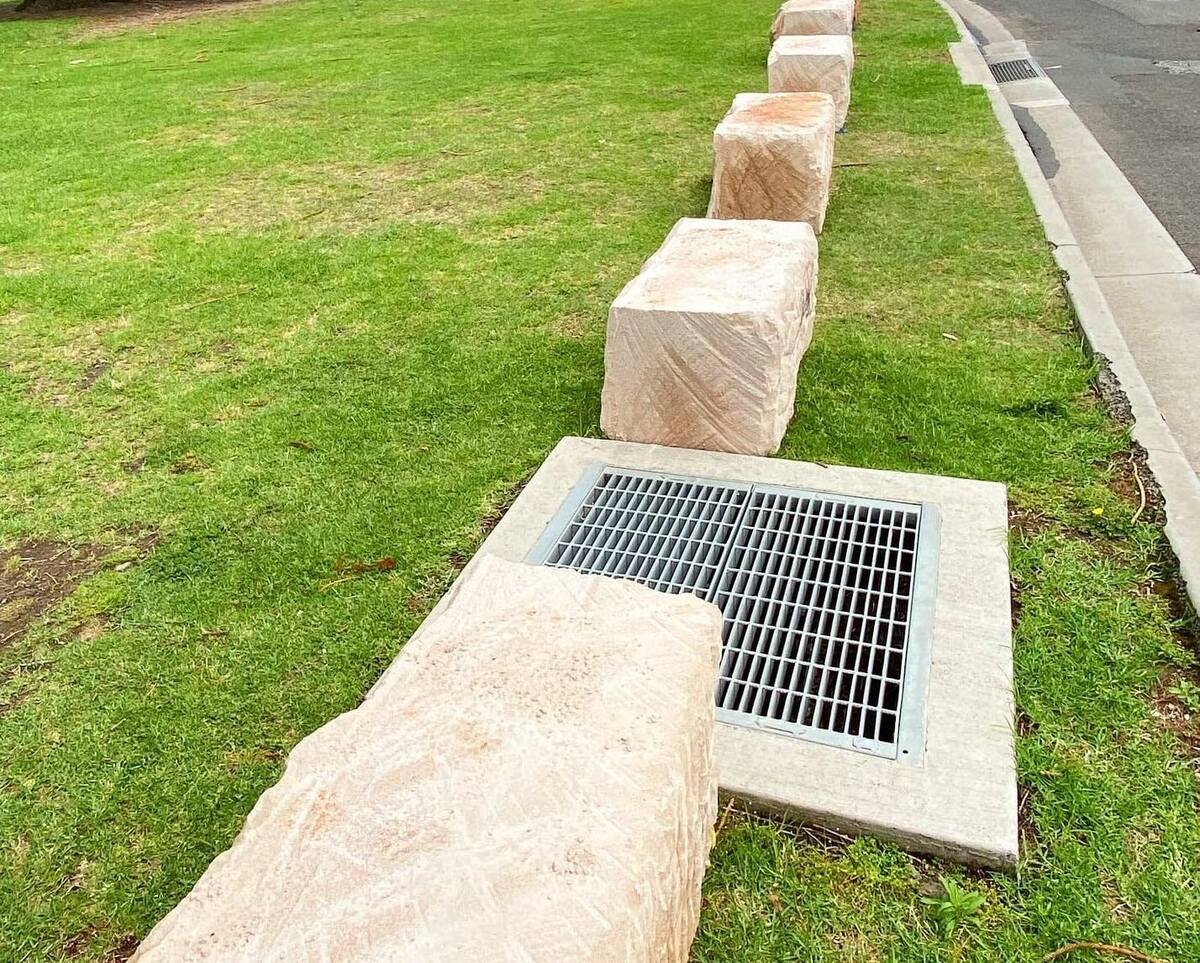
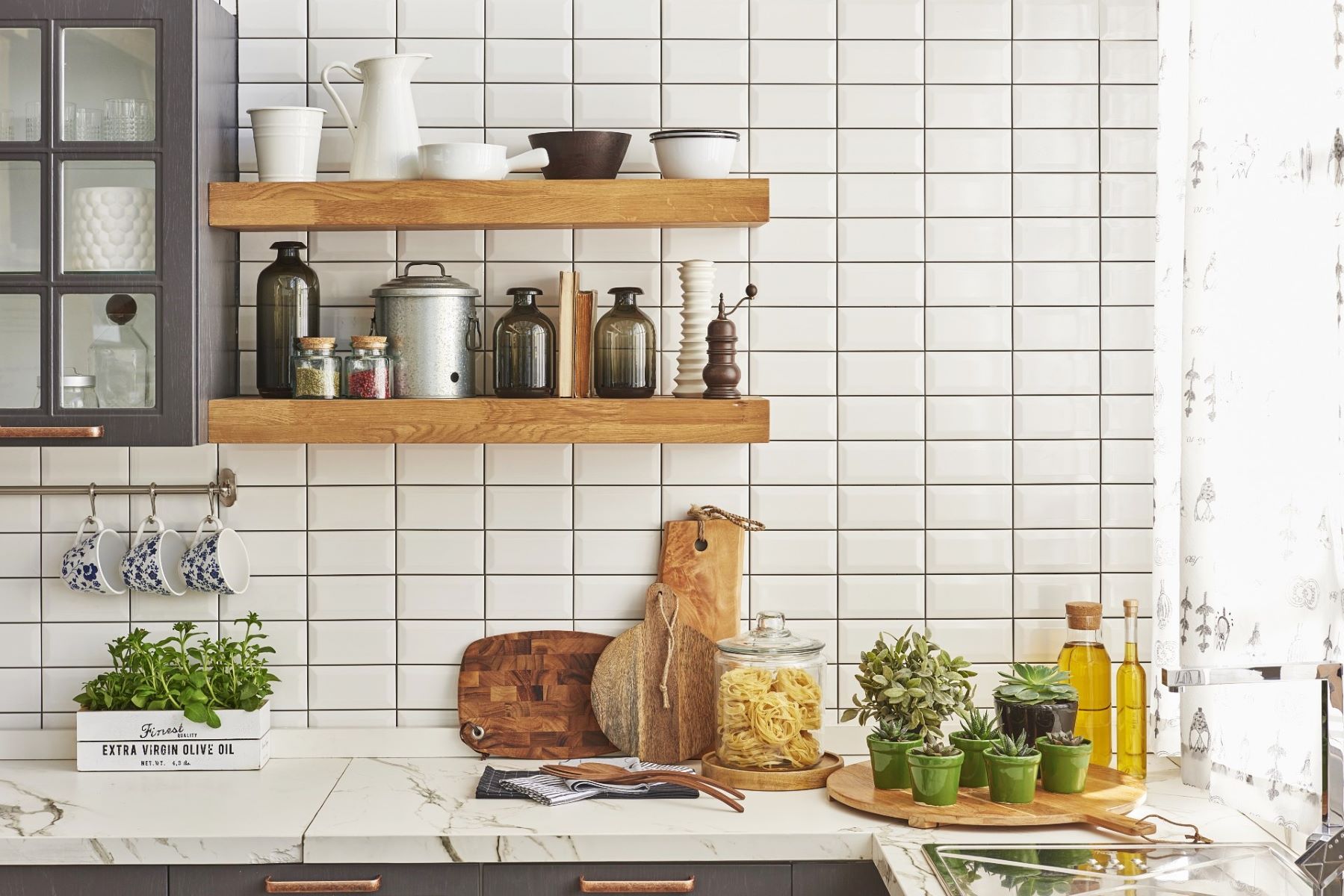
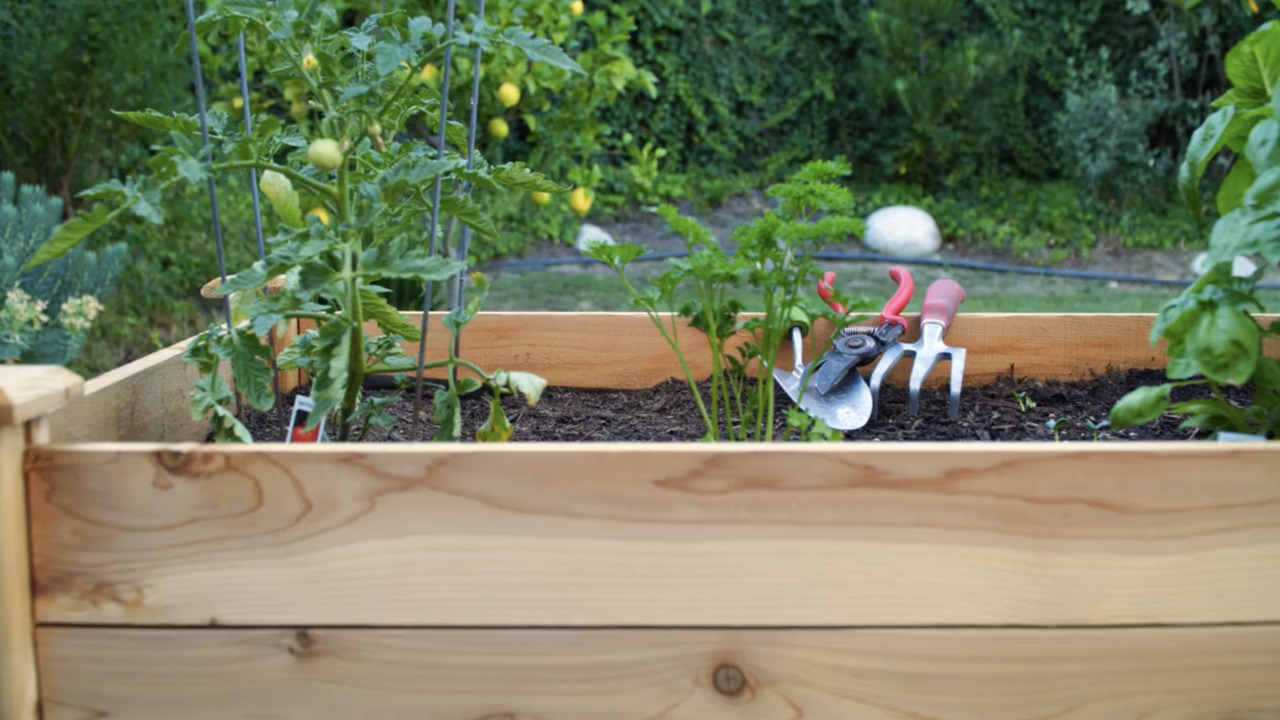
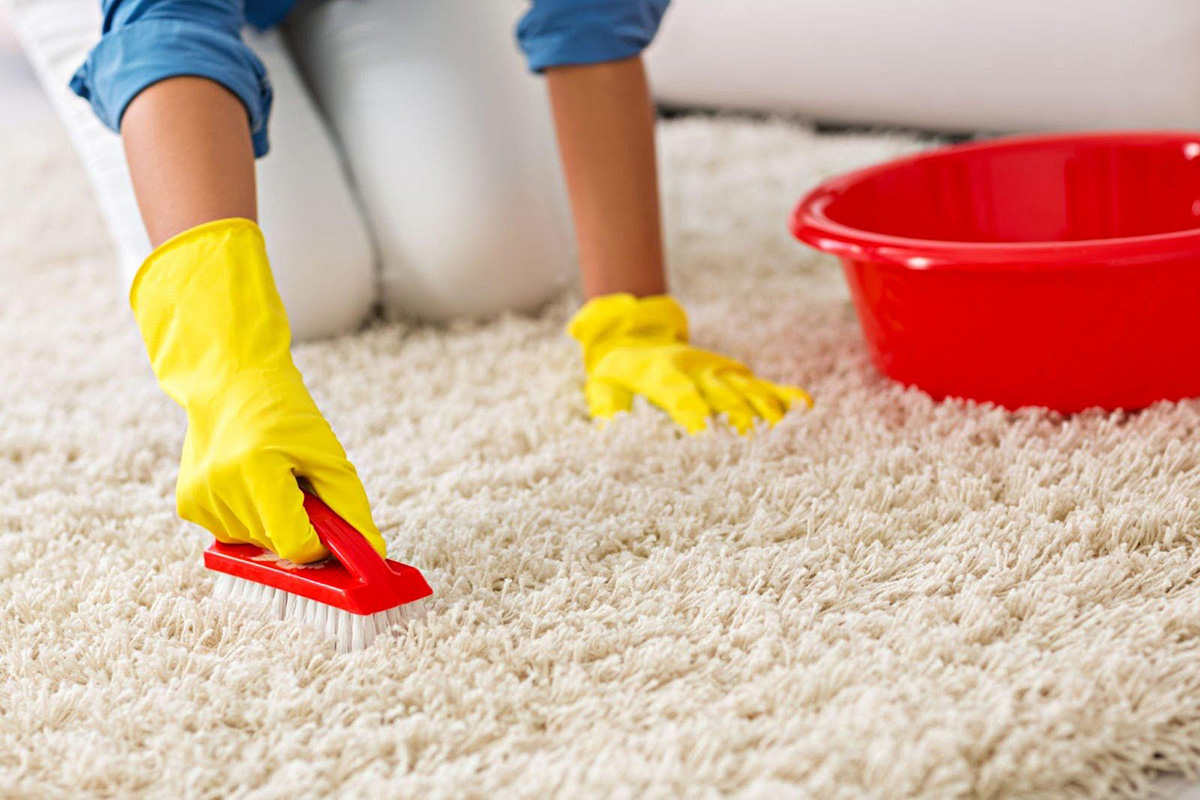
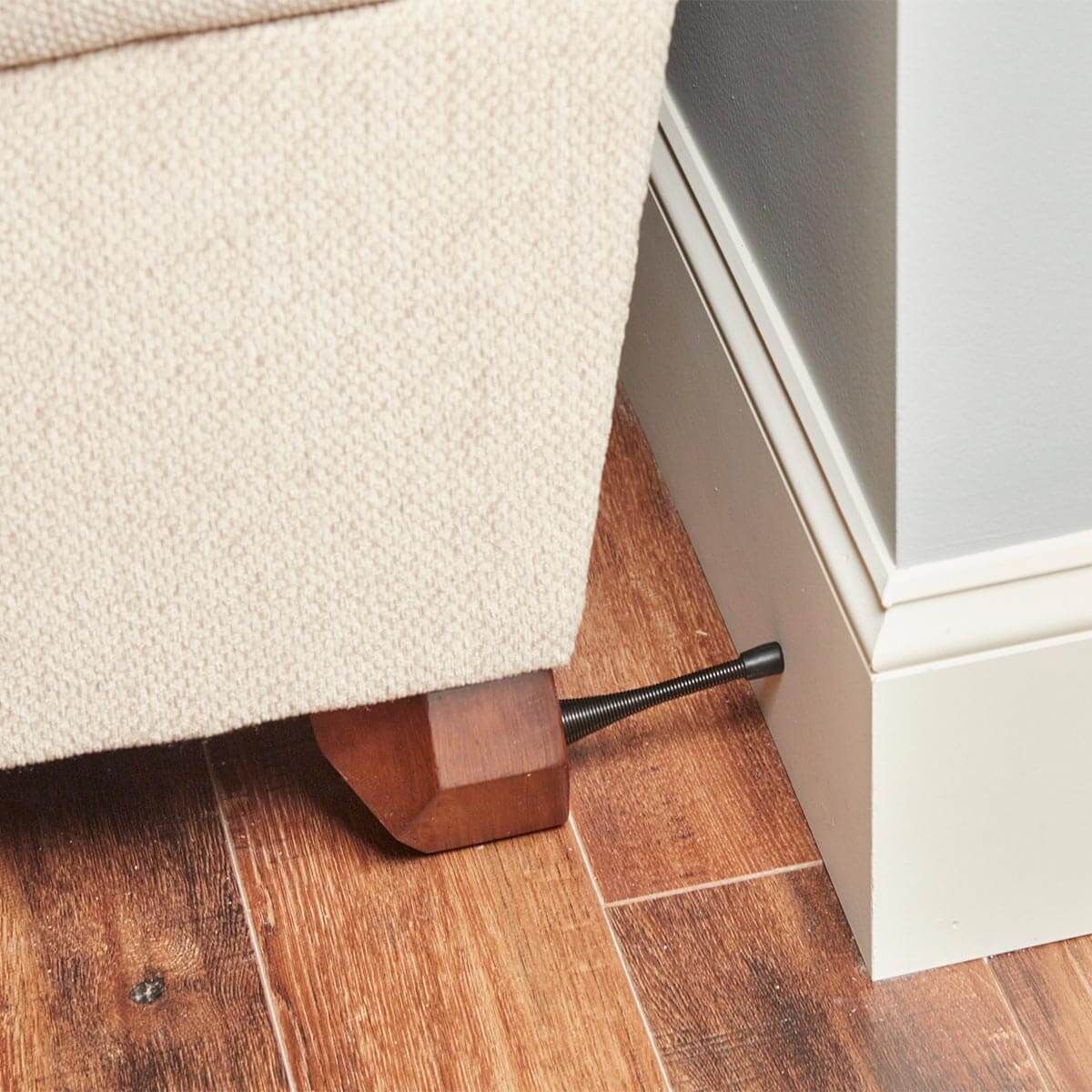
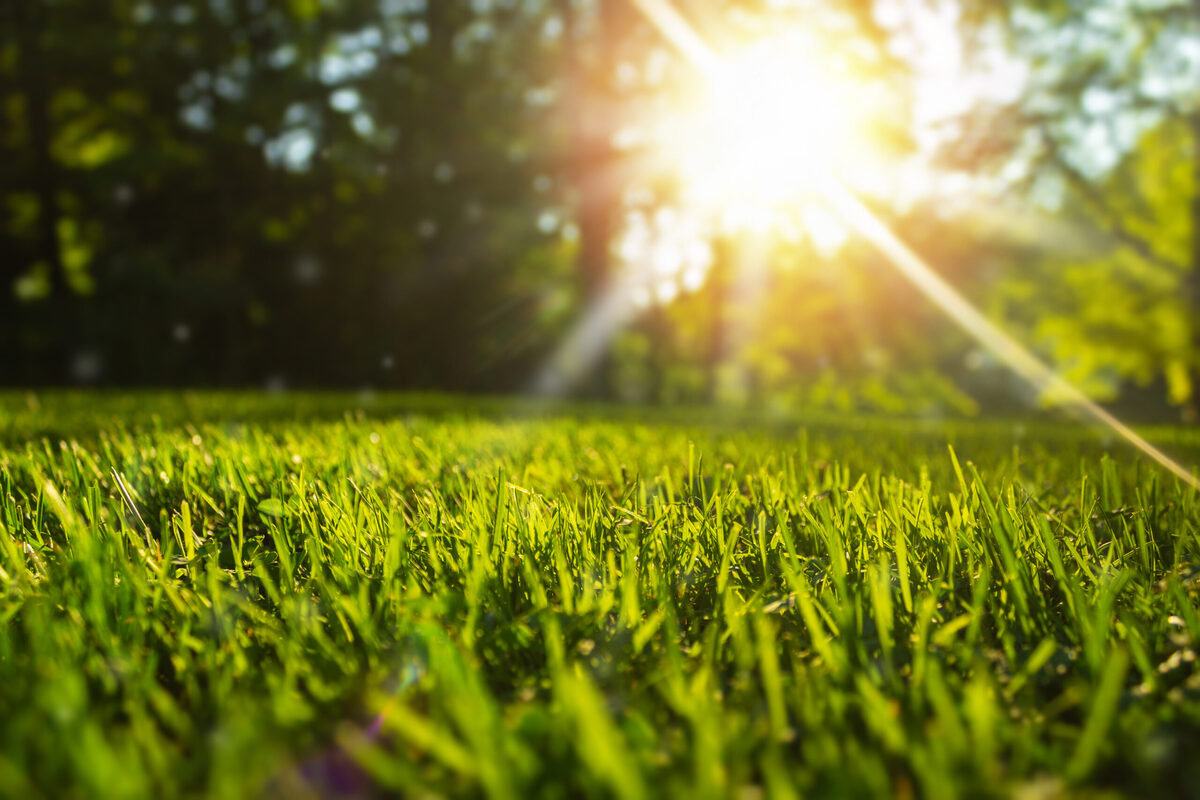
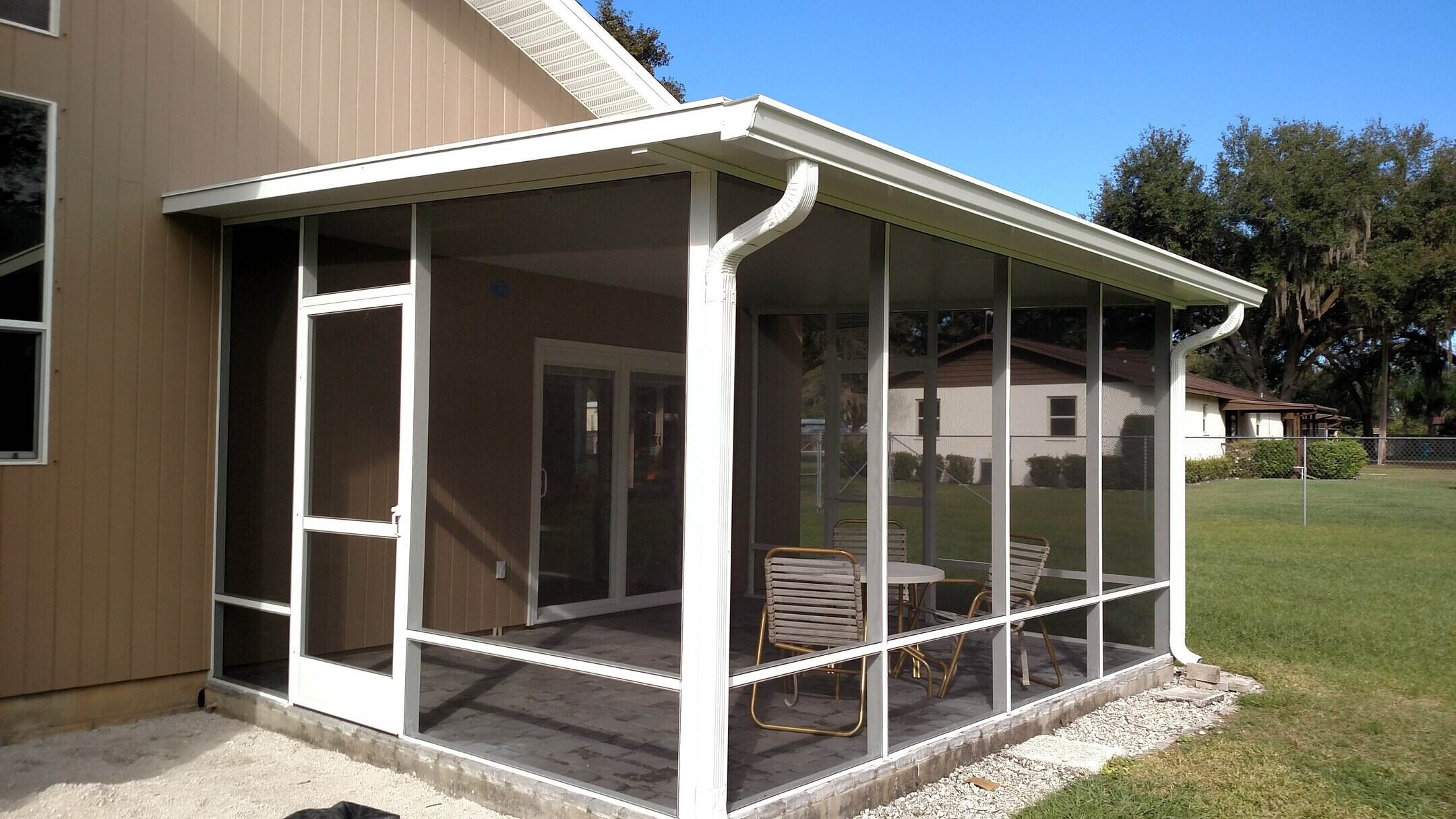


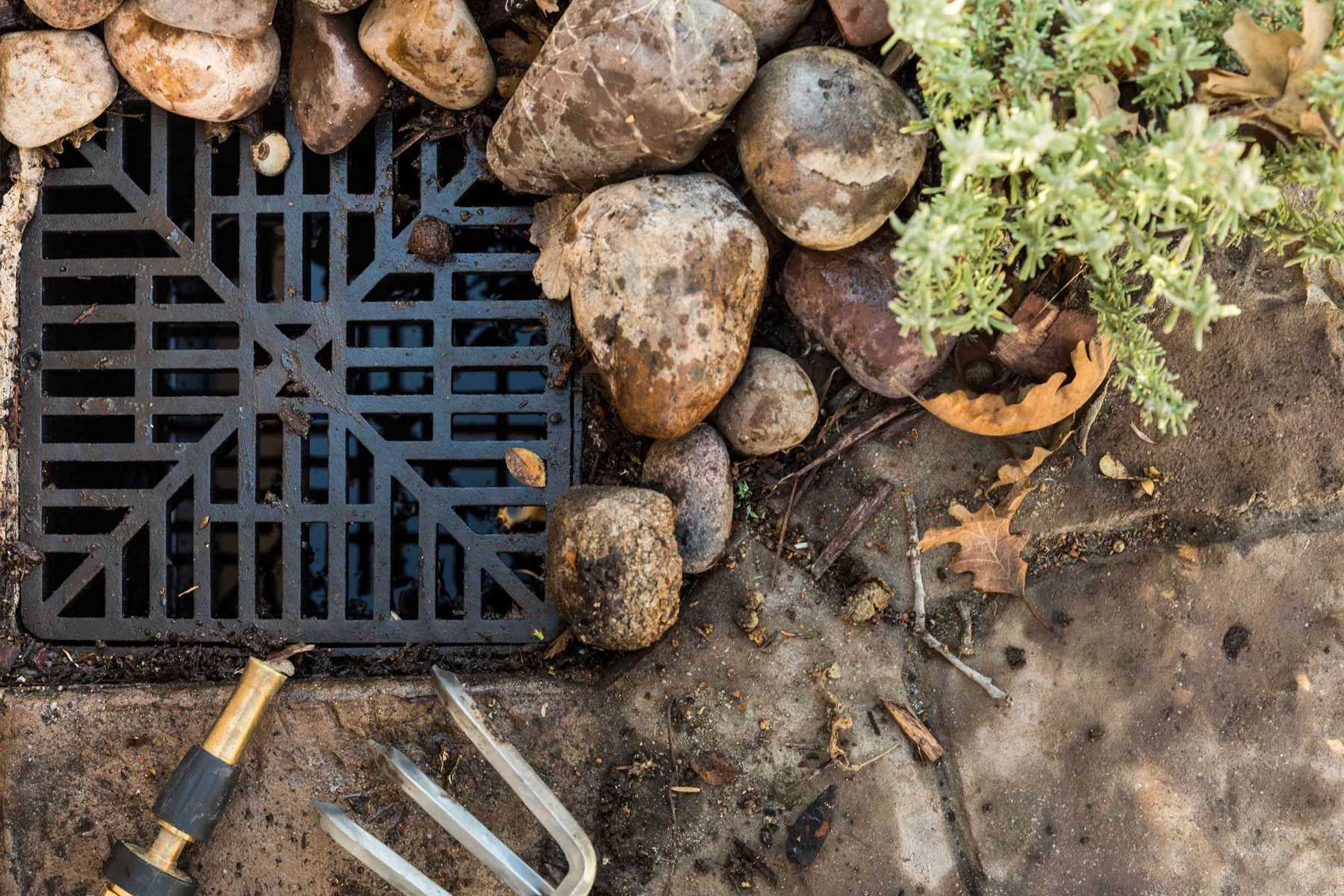
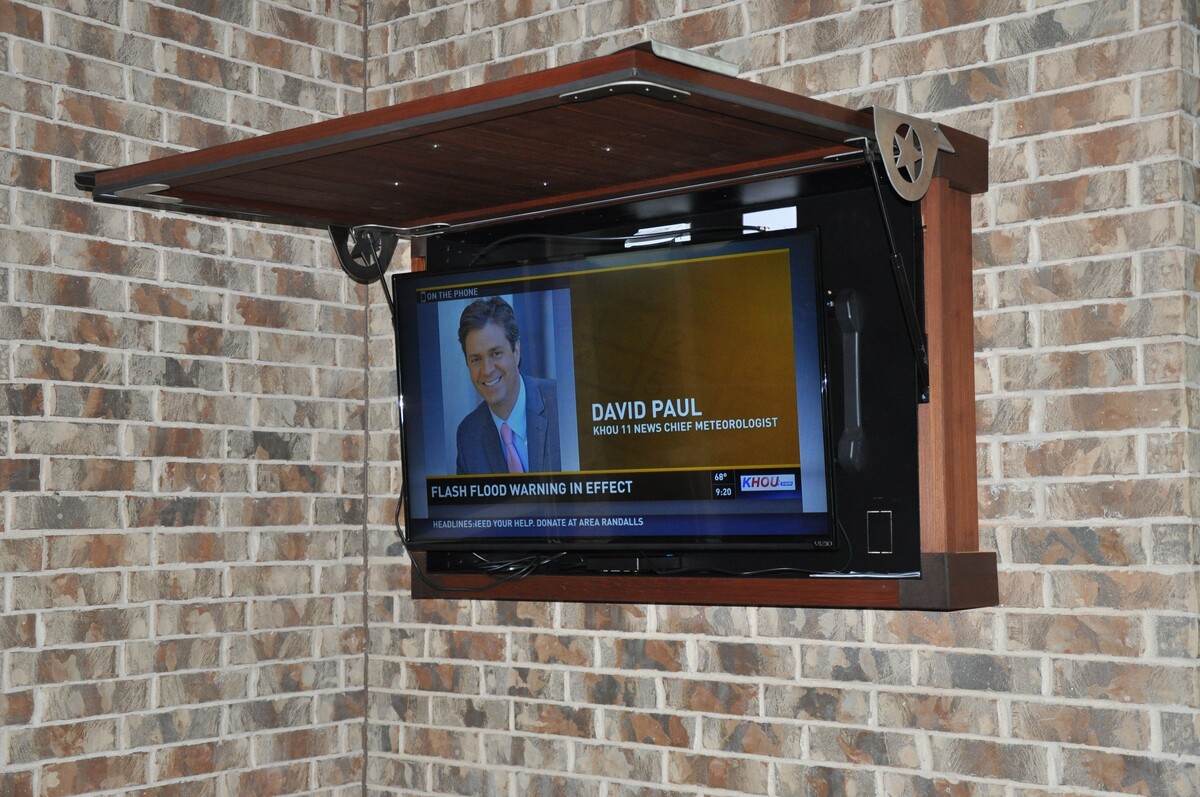

0 thoughts on “How To Protect Balcony From Rain”